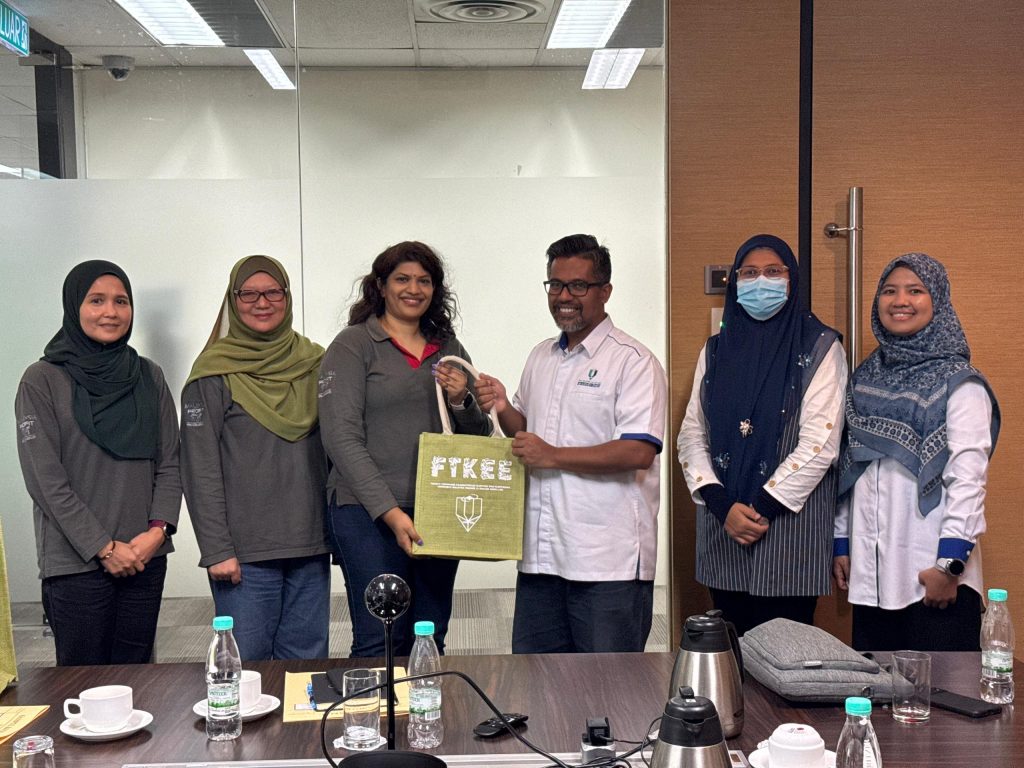
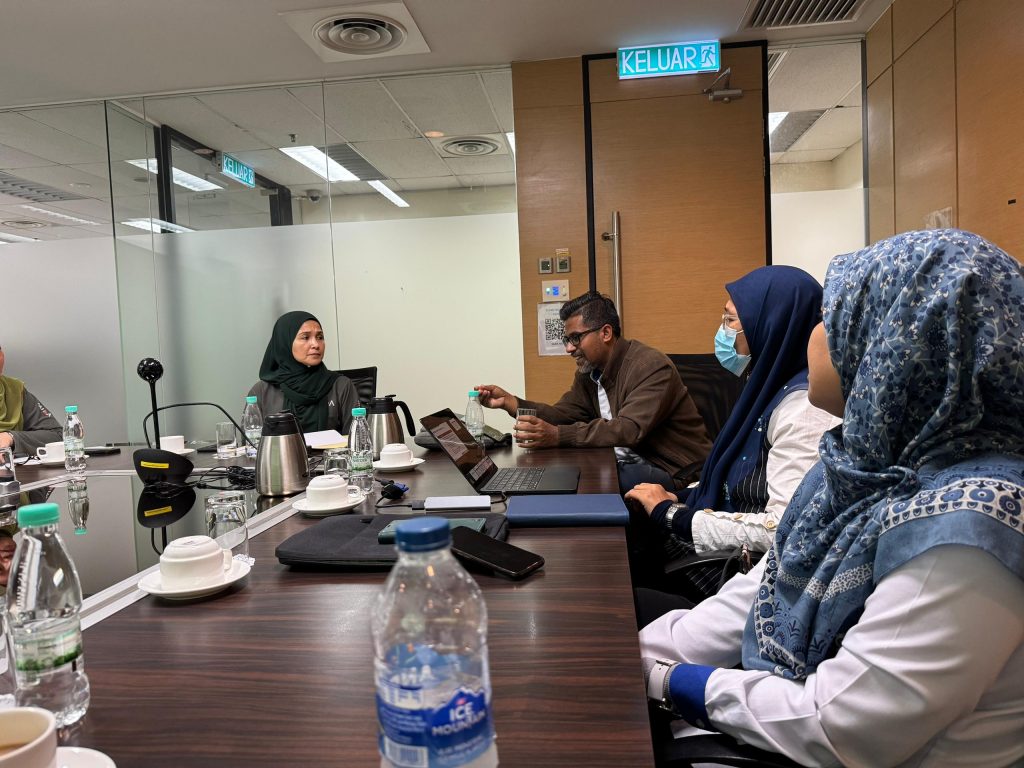
The world is digital, but life is analog..


Am delighted to be a collaborator in this project =)

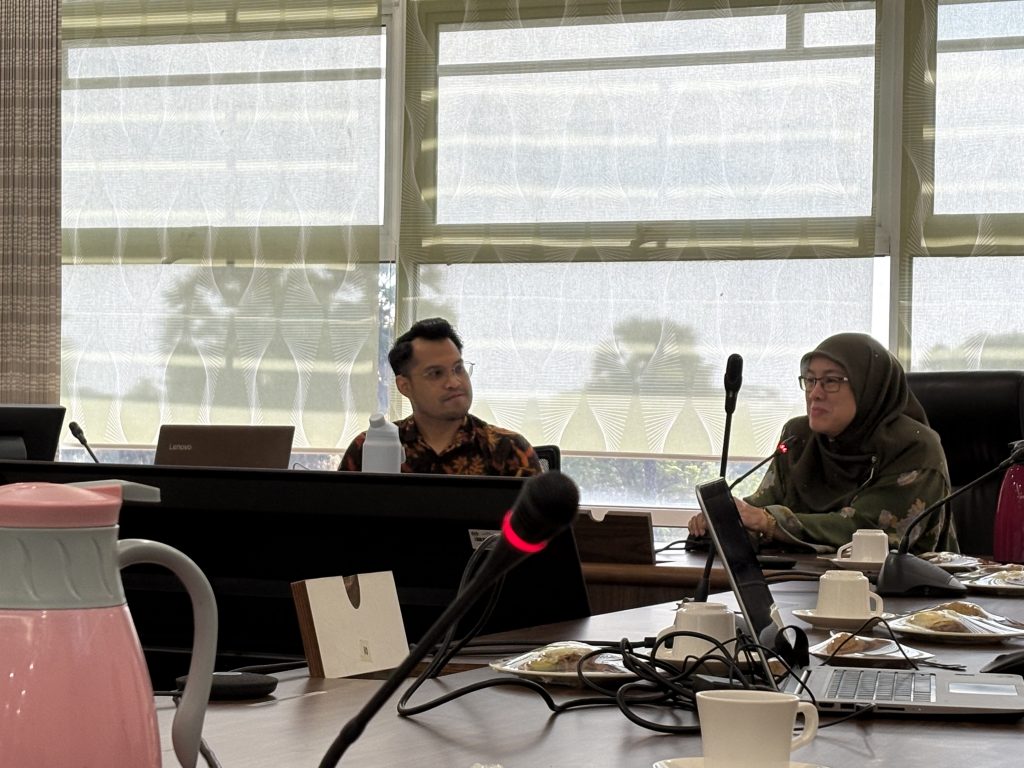

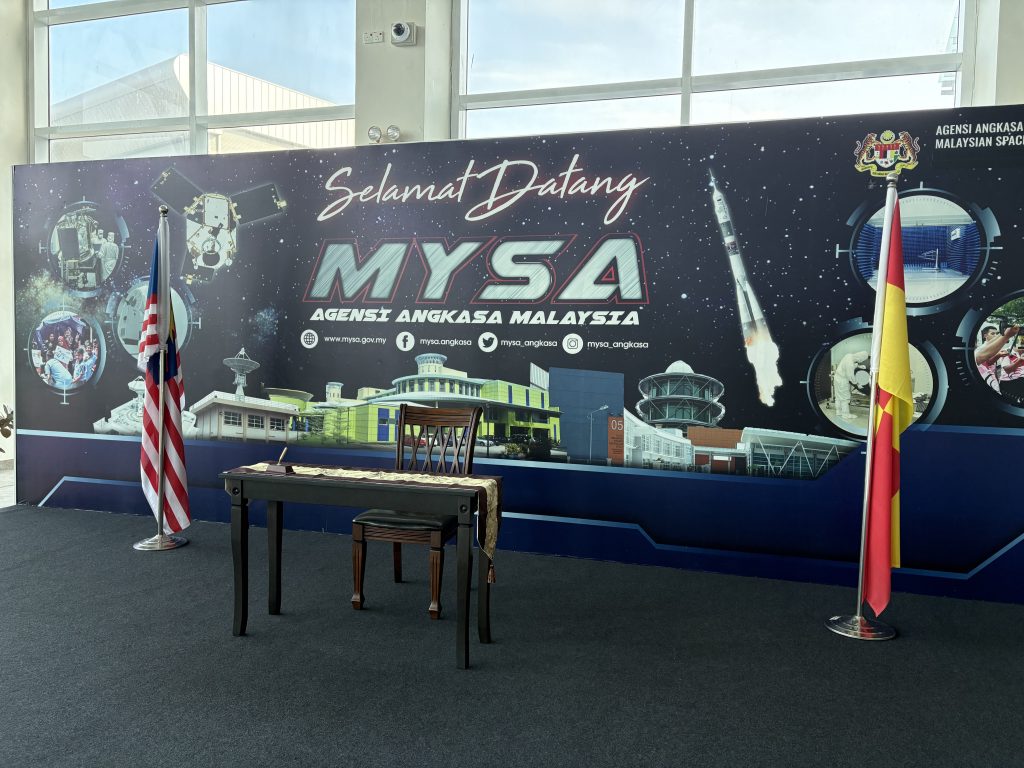
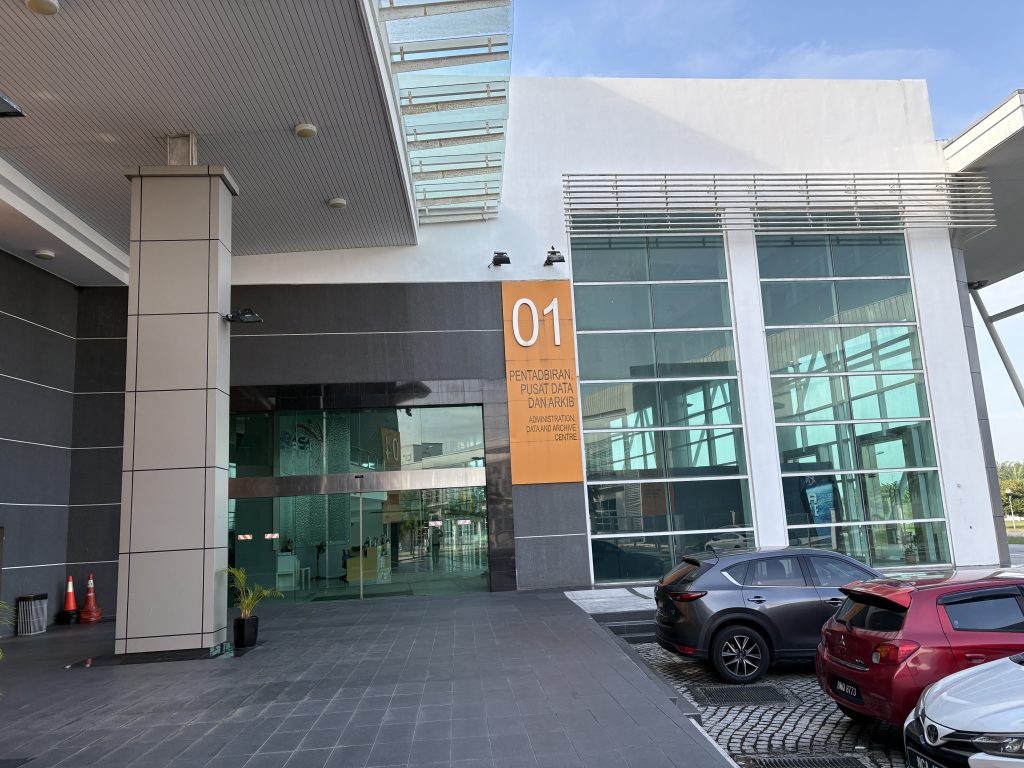








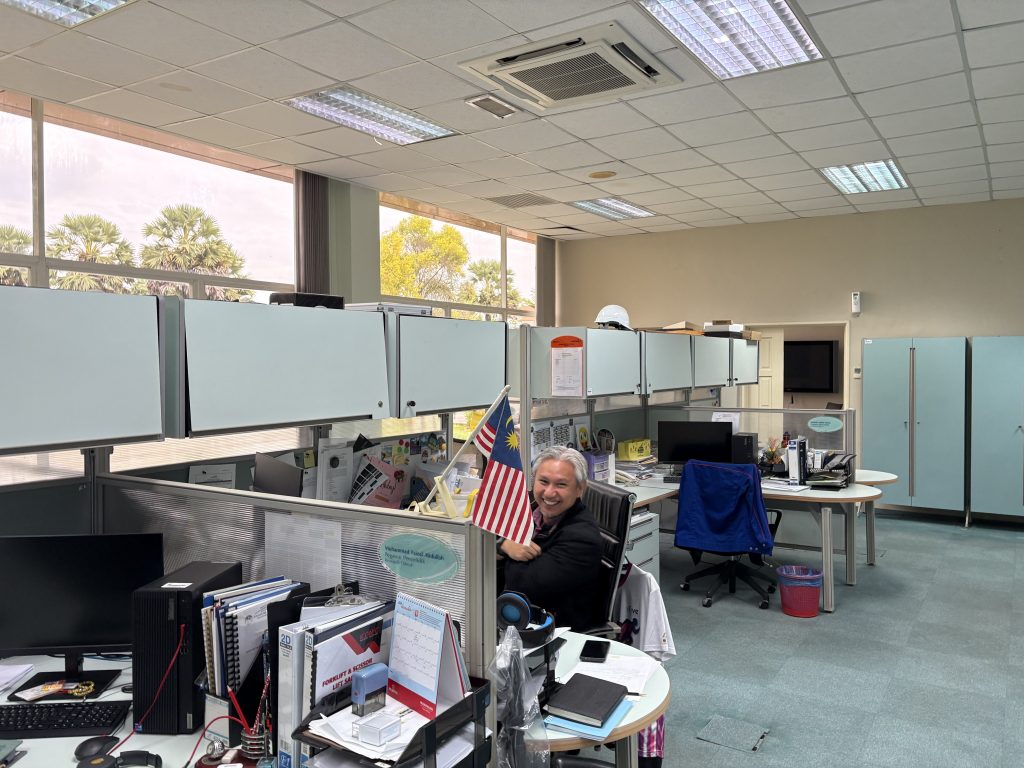


*UMPSA STEM Lab Raspberry Pi Programming Synopsis can be found here.
In the Raspberry Pi IoT session, 35 students and teachers from Kolej Vokasional Kajang were introduced to the concept of the Internet of Things (IoT) using Raspberry Pi on the UMP STEM Cube, a pico-satellite learning kit specifically designed to facilitate engineering learning.
The content covered basic digital input/output operations on onboard LEDs, as well as topics such as dashboard design using gyro meter and BMU280 sensor data, including collecting and storing data in a cloud database. Participants learned to interface sensors with Raspberry Pi boards and develop IoT applications for real-world scenarios. The session provided students with valuable insights into IoT technology and its applications in various domains.
A special appreciation is extended to Pn Rohayu, Ts Adam and Mr Siva from KV Kajang for coordination in facilitating communication between the participants and the UMPSA STEM Lab :).
Jan 22nd













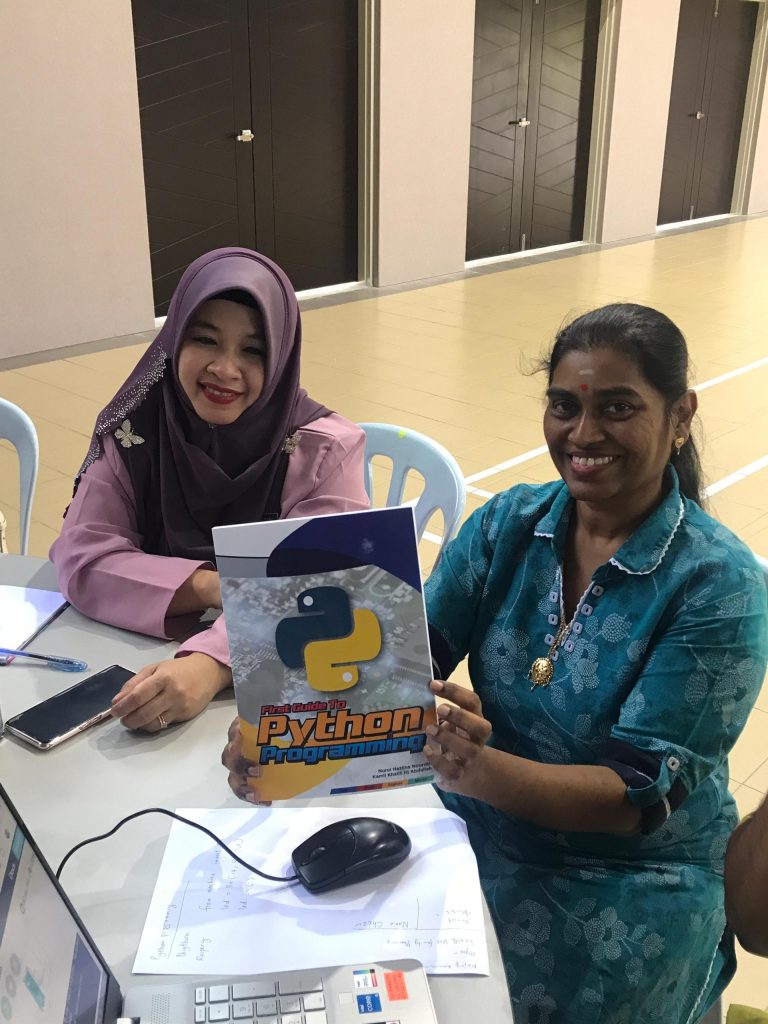








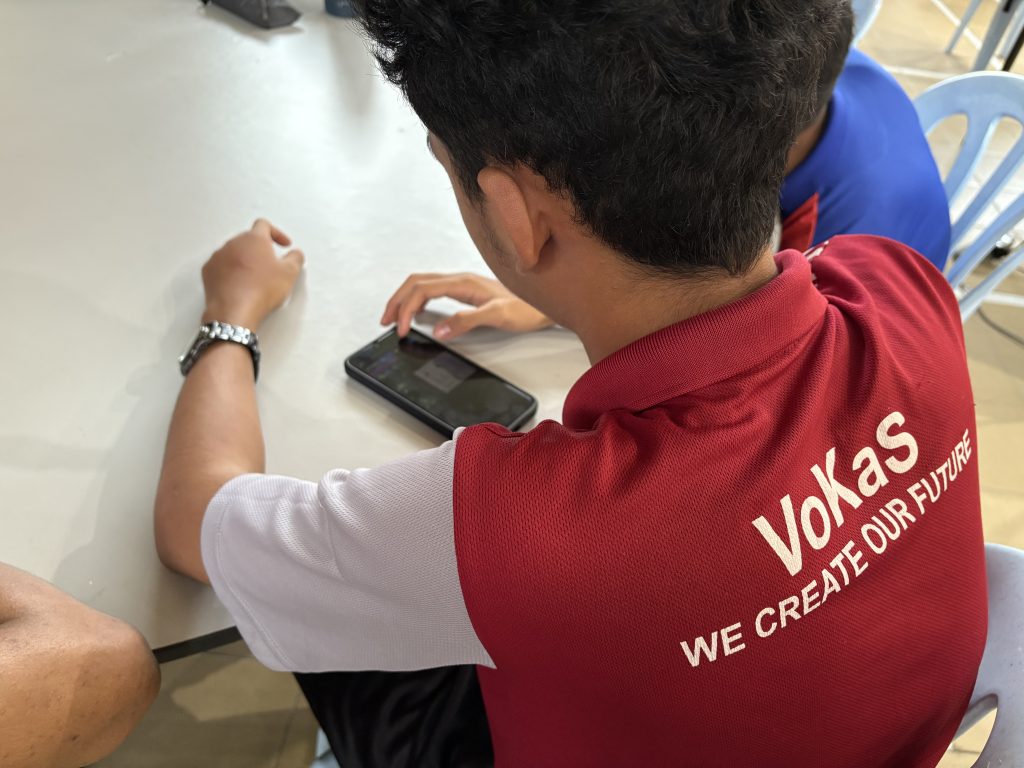

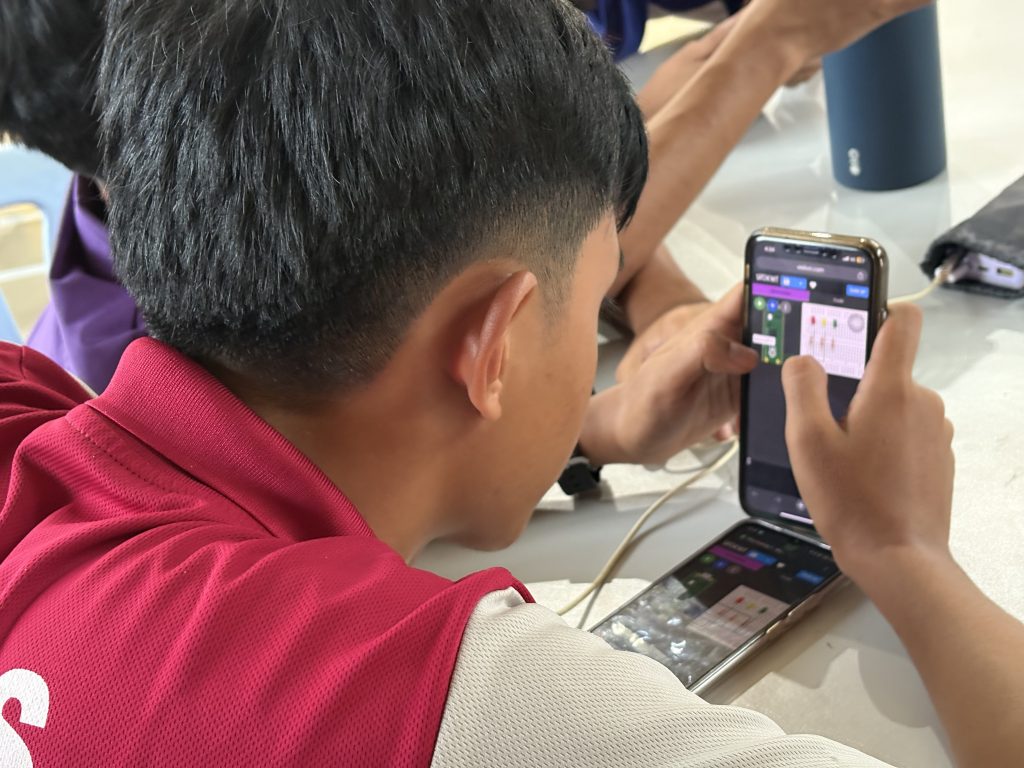
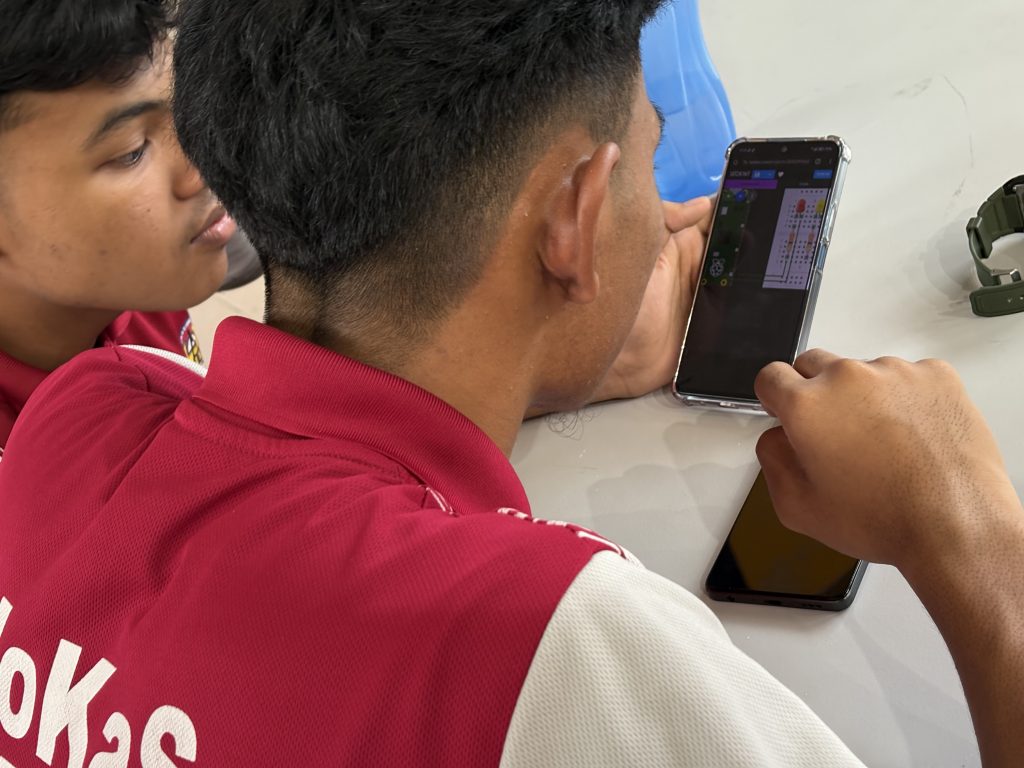

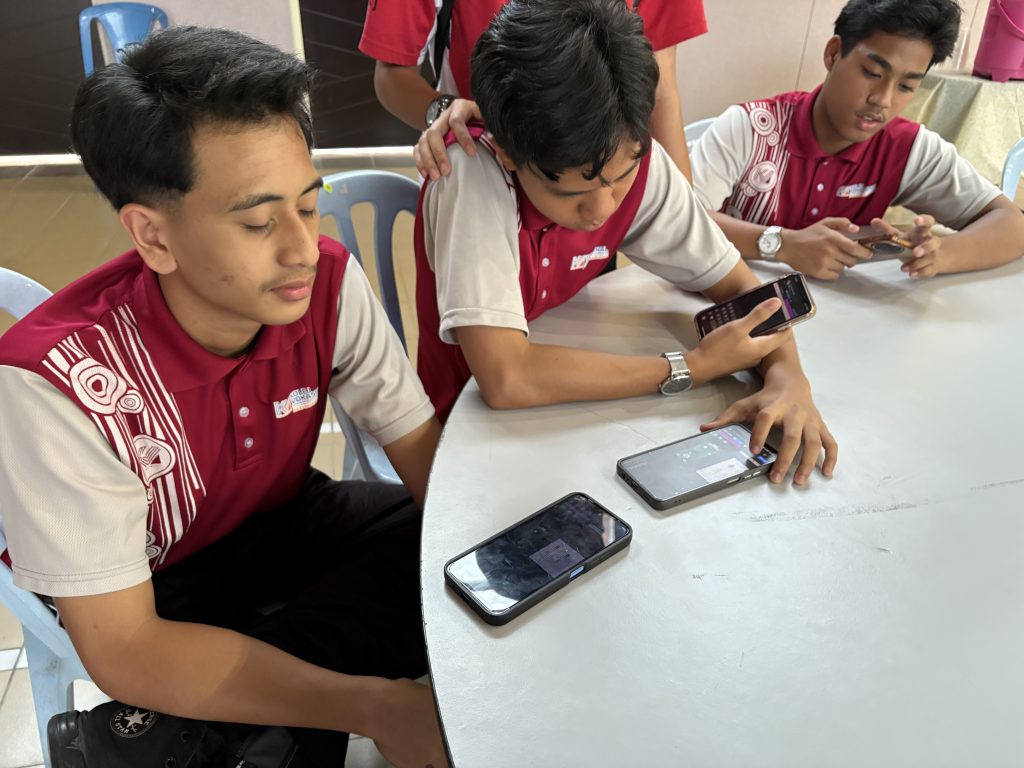

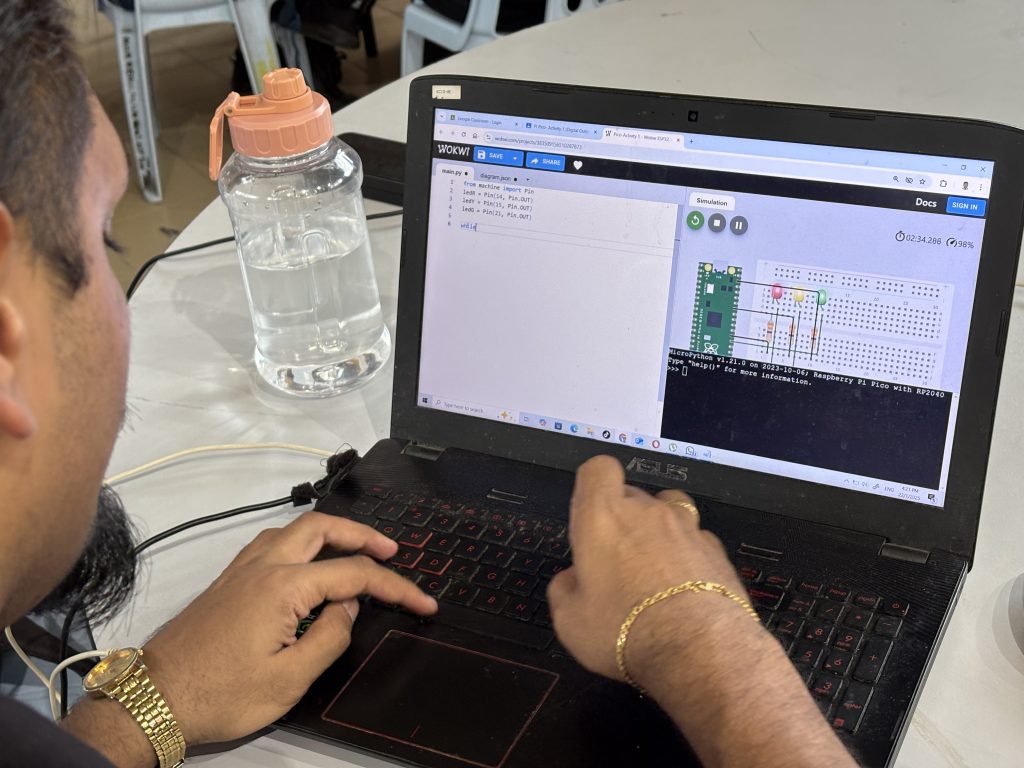











Congratulations everyone, Kiren, Gan, Amin, Zharif and Wei Ken, for making it to the finals. Wishing you all the best in future endeavor

Congratulations Gan Shaou Yu for winning 2nd place (out of 75 presentations). Gan’s project involves the use of AI in maneuvering miniature robot.




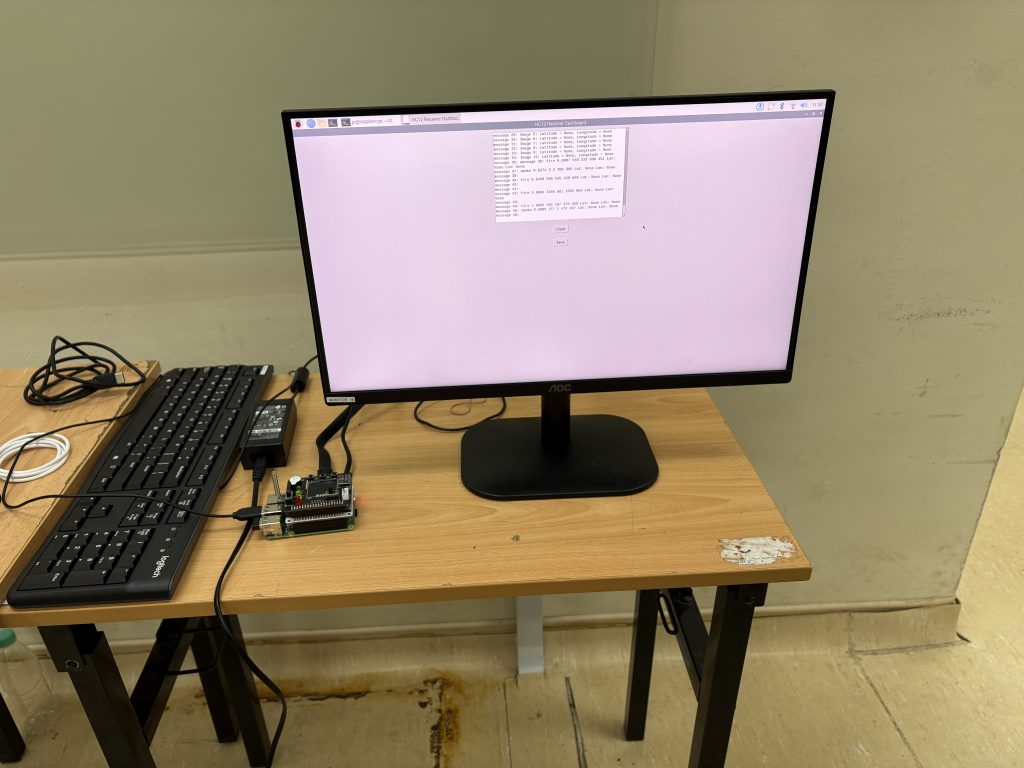

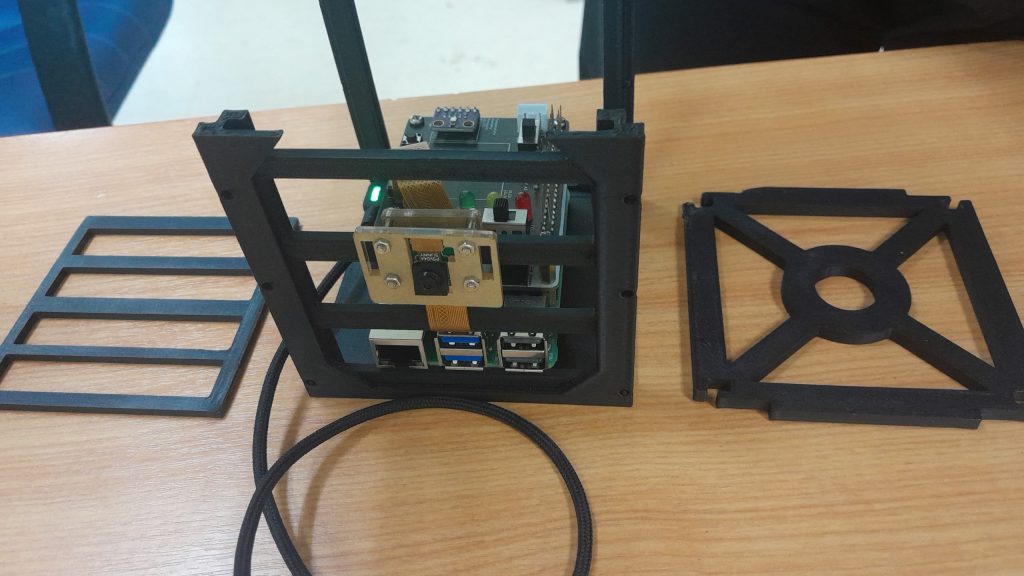
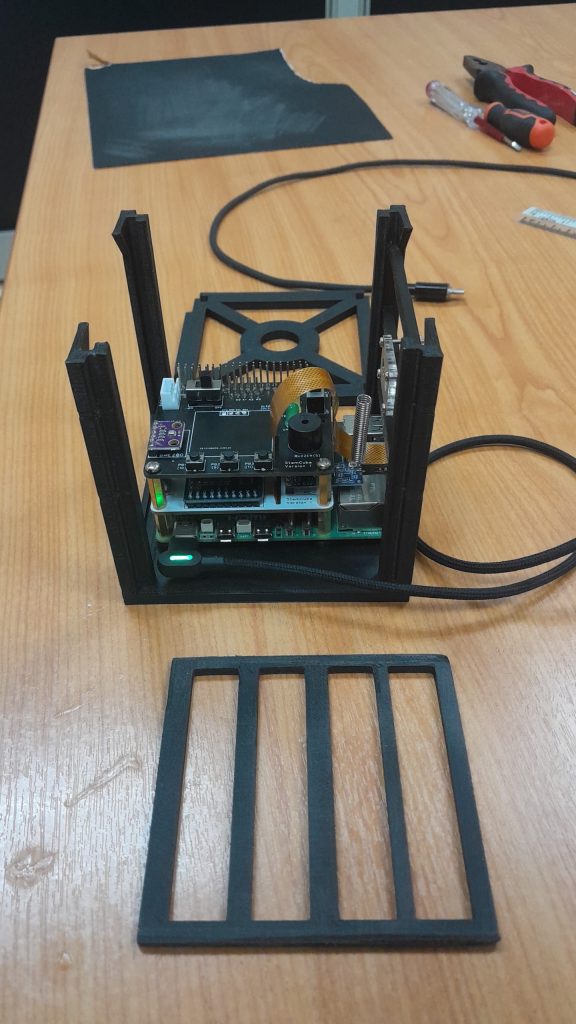















Hello BTE-ian and DRE-ian,
It’s officially a wrap. Thank you!
I hope you enjoyed the classes as much as I do.





Senior Design Project sharing




Project quarantine


As the semester draws to a close, Week 14 marked the end of our BTE/DRE classes with a comprehensive and reflective session. Let’s revisit our achievements, connect with inspiring senior projects, and engage in meaningful discussions about our learning experiences. Here’s a recap of the highlights from this final class.
A. Revisiting Targeted Learning Outcomes
The Course Learning Outcomes (CLOs) to reflect on the skills and knowledge gained throughout the semester:

The activities in class (week 1 – Week 13) are aligned with these outcomes, from setting up Raspberry Pi devices to developing functional Python programs and integrating hardware components into practical projects.
B. Learning from Senior Design Projects
Presentations by five senior students attached to the UMPSA STEM Lab, where they shared their design projects, providing insights into advanced applications of Raspberry Pi, the UMPSA STEM Cube, and sensors like LiDAR and cameras. Their projects demonstrated the application of technology in analytics and problem-solving, including:
These presentations served as a source of inspiration and a roadmap for how you can build on their foundational skills to tackle complex, real-world problems.
C. Reviewing the Pedagogical Approach used in BTE1522 and DRE2213 – Project-Based Learning
This semester’s pedagogy centered on project-based learning, emphasizing active participation and hands-on experience. The two primary projects included:
By engaging in these projects, I believe you have learned programming through the process of building and problem-solving. This approach not only reinforced technical skills but also encouraged creativity, critical thinking, and resilience in troubleshooting challenges.
D. Reflective Discussion and Deliberation
To conclude the session, we engaged in a reflective discussion with the following prompts:
These discussions highlighted the growth and resilience students developed while navigating challenges and celebrated their achievements in mastering new skills.
This semester’s journey through BTE/DRE courses has been a testament to the power of learning by doing. From developing Python games to building digital solutions with Raspberry Pi, I hope you have not only gained technical expertise but also cultivated problem-solving skills and design thinking.
As we wrapped up the class, I hope you felt a sense of accomplishment and inspiration, ready to apply your skills to future endeavors. The combination of project-based learning and reflective discussions has provided a strong foundation for continued growth in programming and hardware development.
I look forward to seeing how you, the budding innovators =) will use your skills to create impactful solutions in the years to come.

















